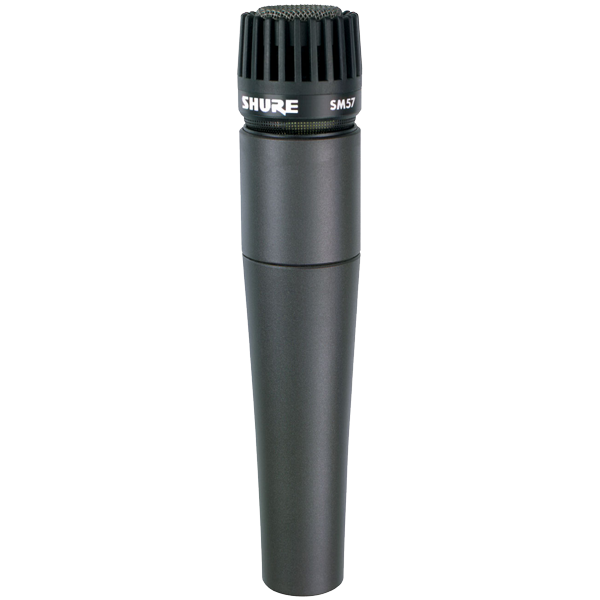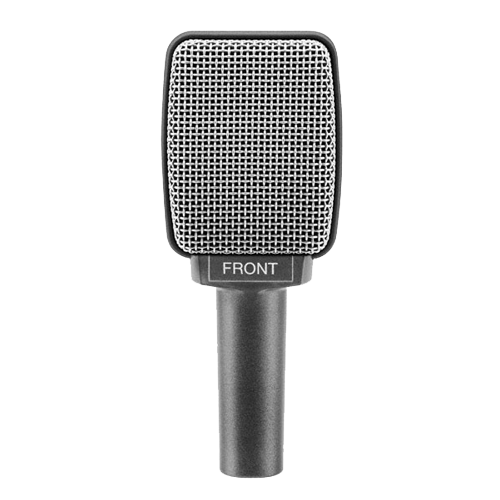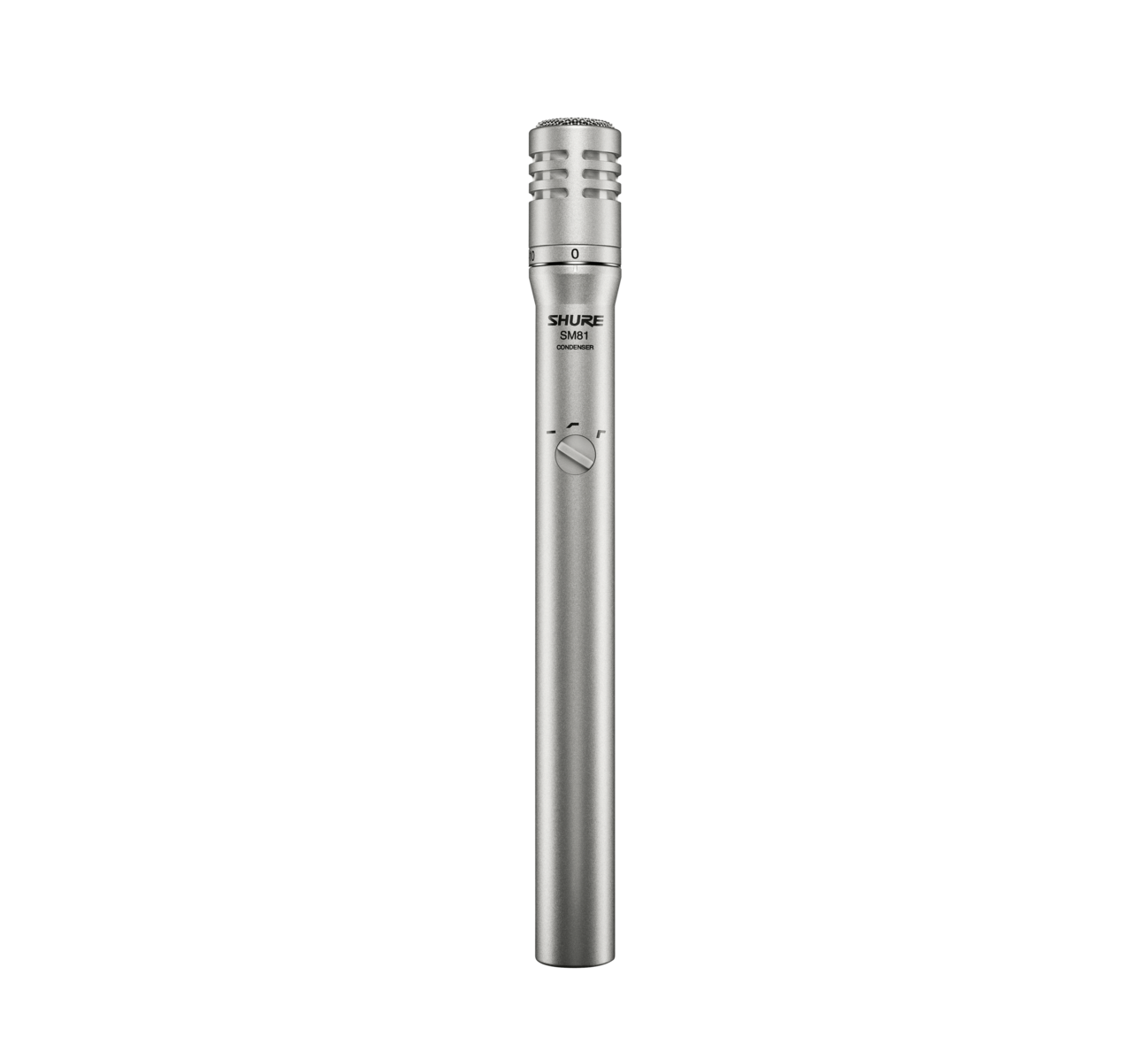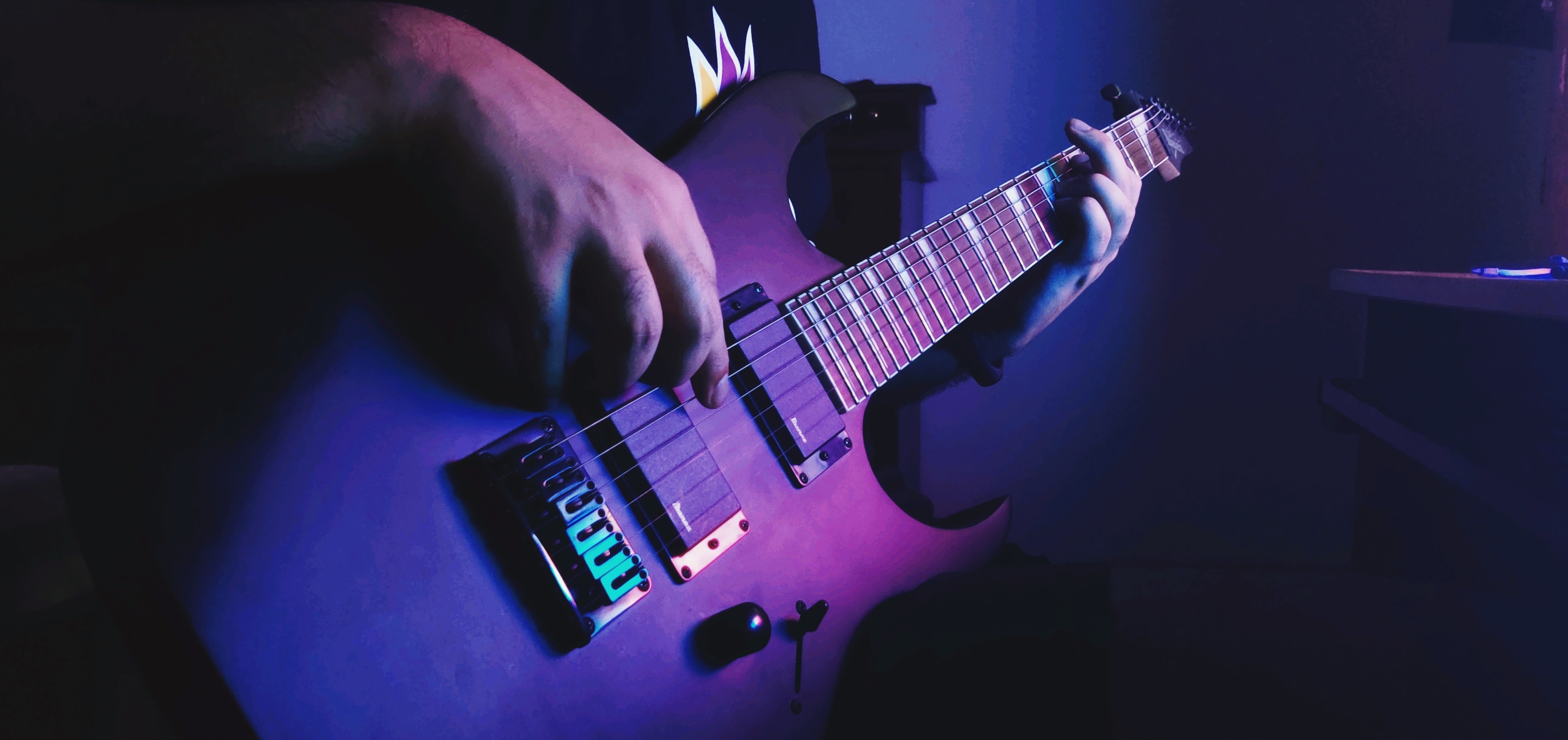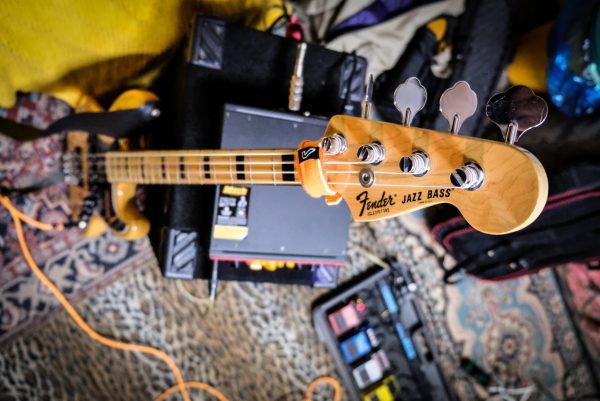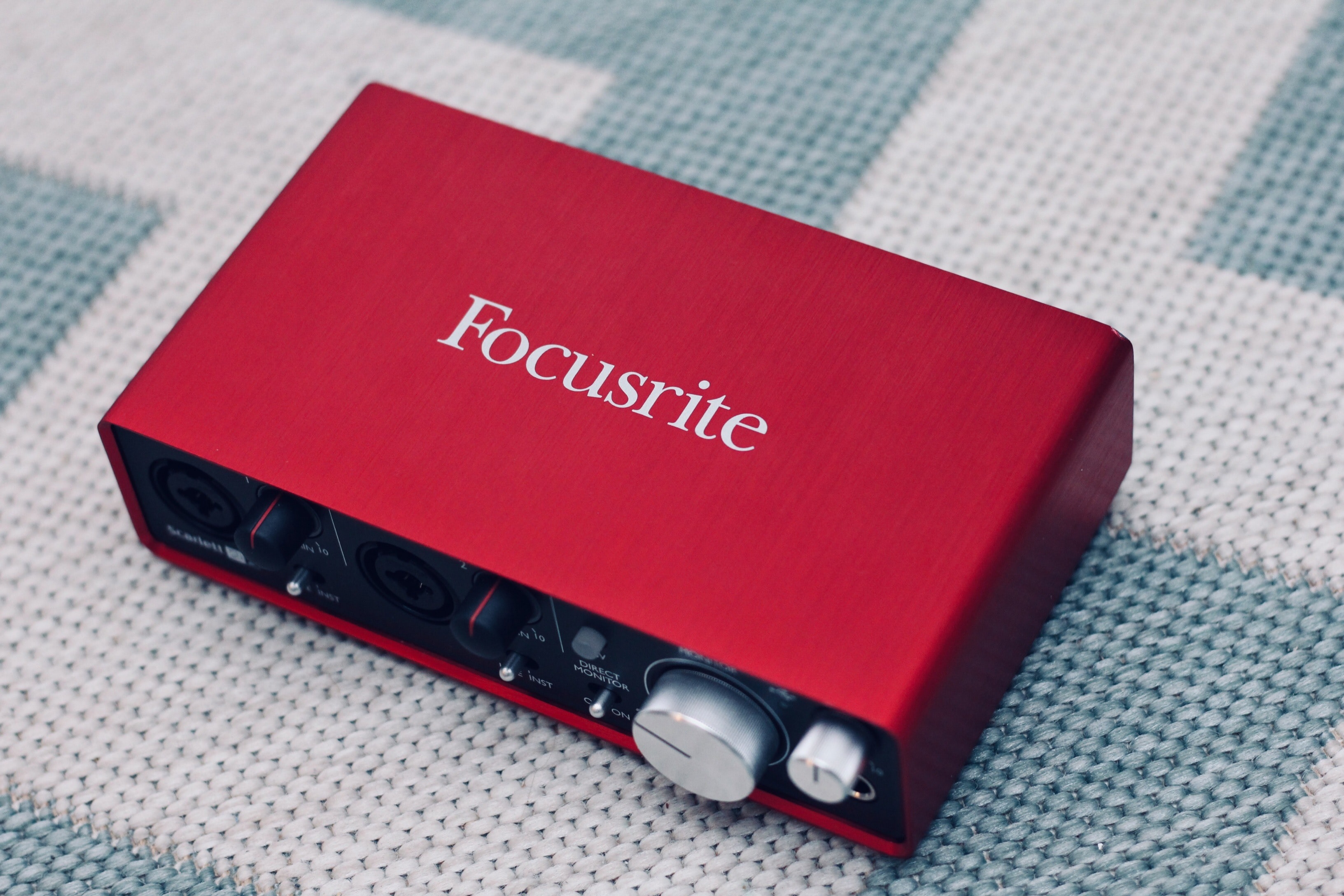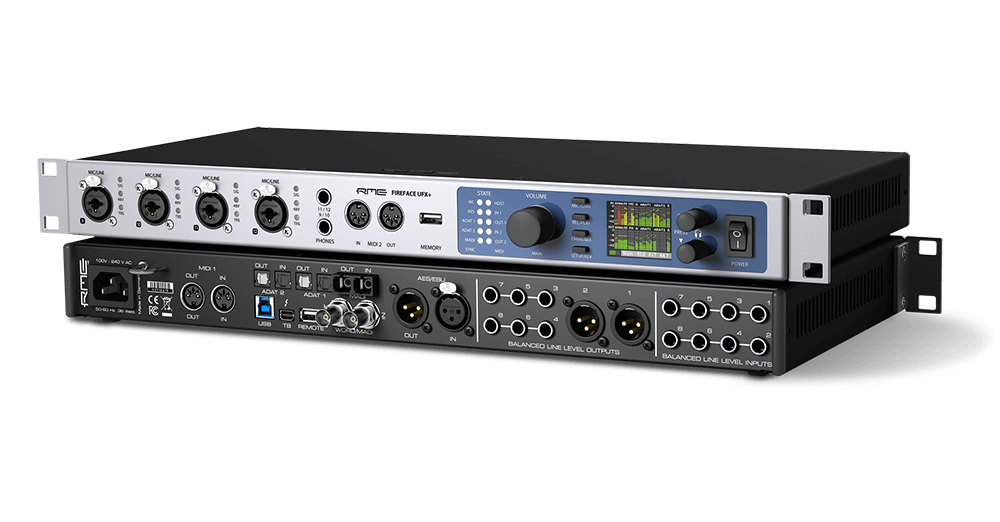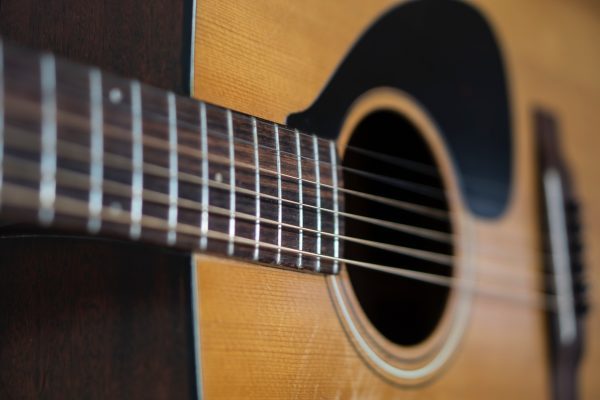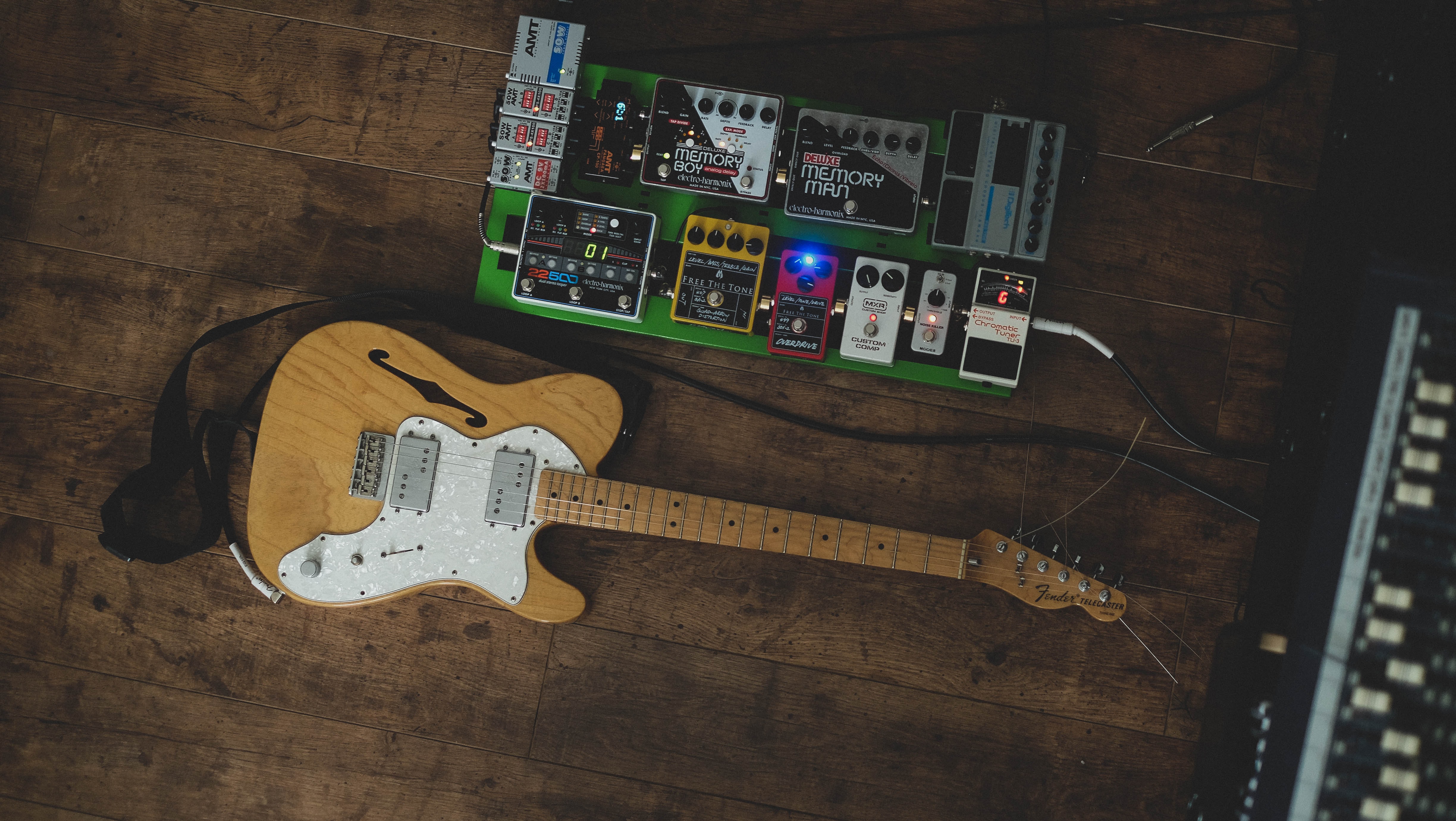
Guitar pedals allow us to achieve new tones and textures in our playing. More recently, mini pedals have grown in popularity due to their lower prices and size versus their full-size counterparts. There is an ongoing debate throughout the guitar world – are mini pedals better than full-size pedals, or are you sacrificing too much? We’ll add our two cents into this discussion.
Mini Pedals: What’s Their Deal?
The most apparent feature of mini pedals is their size. Their small stature allows you to save on precious pedalboard space, meaning there is more room to add other effects. Also, mini pedals are cheaper than full-size pedals and can sound just as good. On average, mini pedals can cost between 20 to 30 percent less expensive than the original. However, limitations come from the fewer controls and customization available and the fact that they need an external power source to run. Some musicians also note that the mini pedals can be harder to step on while performing, which may be something to consider.
Are Mini Pedals Worth Buying?
Yes, we think so. In fact, most guitarists have a mixture of mini and full-size pedals on their board. However, every guitarist is different – you could have an entire board of just mini pedals if you wanted to!
Generally, we think mini pedals are worthwhile for effects you won’t use as often or want to save pedalboard space. Also, if you are on a budget, consider checking if the pedal has a mini alternative – it could save you some cash!
What Are Some Classic Mini Pedals?
Some classics that have gone mini include:
- Ibanez Tube Screamer Mini
- Dunlop Cry Baby Mini Wah
- TC Electronic Hall of Fame Mini
- TC Electronic PolyTune 2 Mini
When Should I Get The Full-Size Pedal?
If you want more tone-shaping controls, you should opt for the full-size pedal. Generally, there are controls and knobs on the original omitted on the miniature versions. Sometimes, the tone can vary from the original to the miniature, so you should research before purchasing to see if this is a common complaint.
Ultimately, the choice boils down to your individual preference. We recommend that you try regular- and mini-size pedals to see what you prefer. You may find that a mixture works best for you! Check out our wide selection of guitar effects to find your next tone or texture.

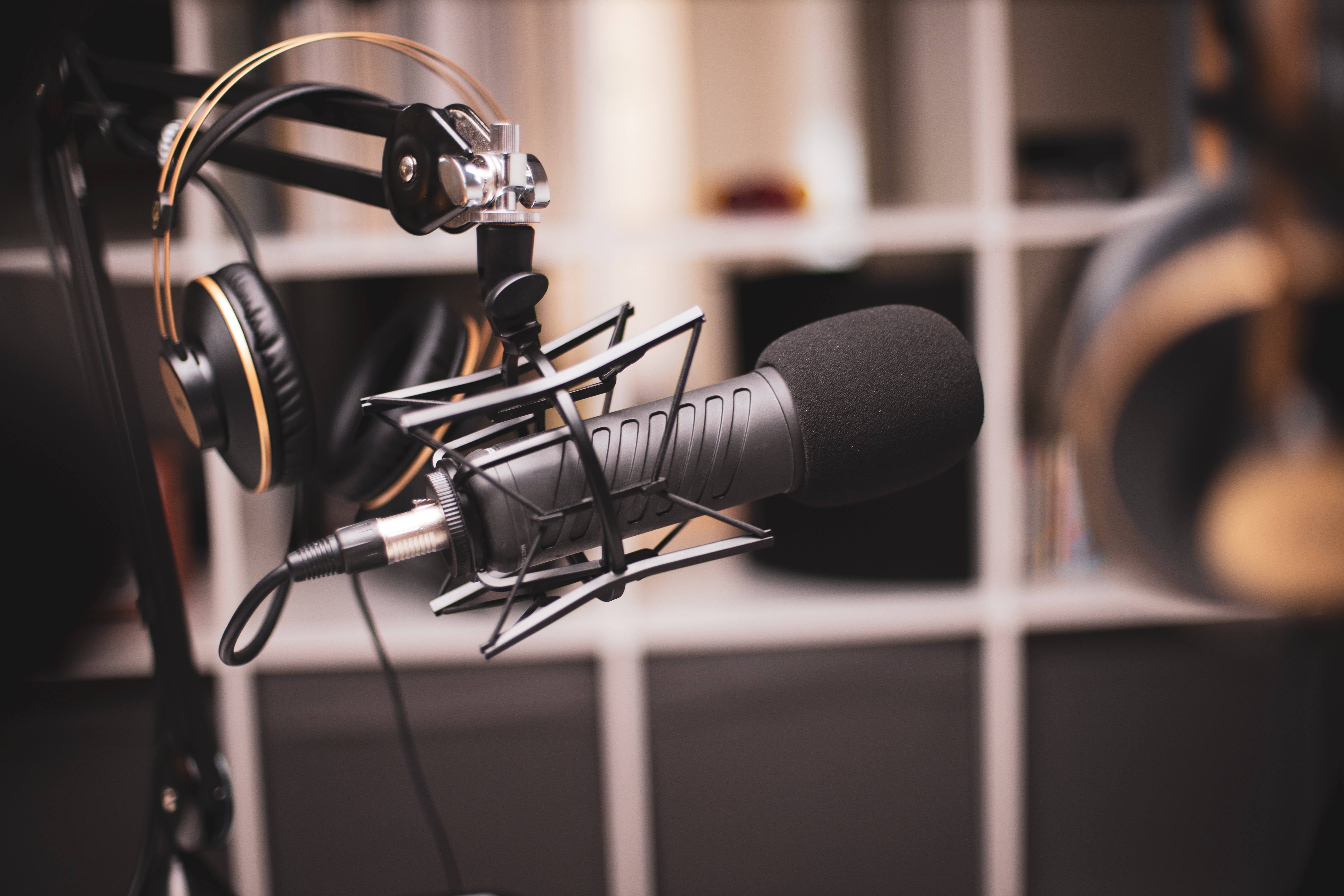
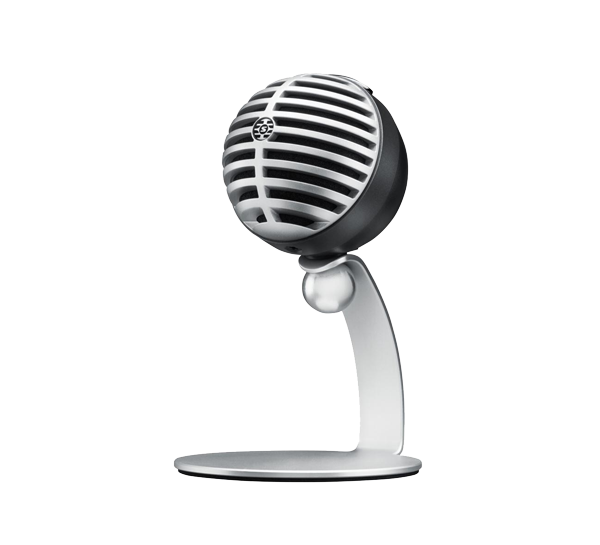

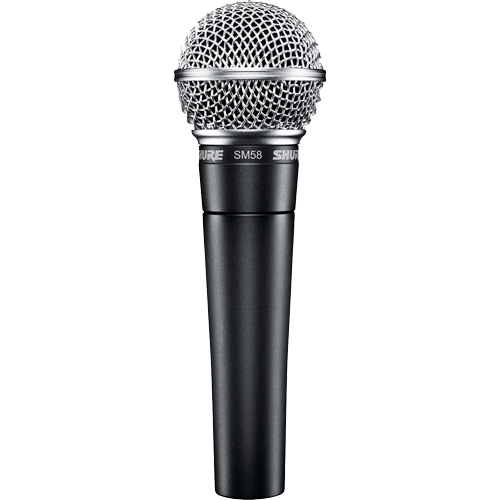
 Connection: XLR
Connection: XLR